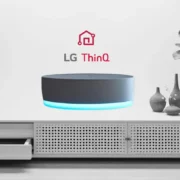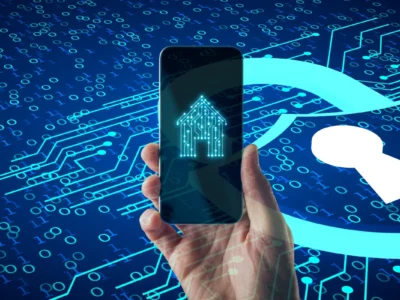Table of Contents
- Introduction
- The Impact of Ecobee’s Decision
- Why Ecobee is Discontinuing Support for its First Smart Thermostat
- Alternatives for Existing Owners
- Tips for Migrating to a New Smart Thermostat
- Conclusion
Introduction
From July 31st 2024, Ecobee is discontinuing support for its first smart thermostat, marking a significant moment for homeowners who embraced the brand’s innovative technology early on. The company’s original smart thermostat, introduced 16 years ago, was pivotal in revolutionizing home automation and energy efficiency. Despite its groundbreaking features, Ecobee’s decision reflects the rapid pace of technological advancement in the smart home industry.
The Impact of Ecobee’s Decision
For many households, the original smart thermostat has been instrumental in reducing energy bills and offering seamless climate control. The end of support, announced for January 2025, leaves current users pondering their next steps. Here’s how this decision impacts users:
- Loss of Technical Support: Users will no longer receive troubleshooting assistance or firmware updates.
- Security Vulnerabilities: Without software updates, the thermostat becomes susceptible to security risks.
- Feature Limitations: Integration with other smart home devices and voice assistants will no longer be supported.
These consequences highlight the importance of planning for a smooth transition to newer technology.
Why Ecobee is Discontinuing Support for its First Smart Thermostat
The primary reason why Ecobee is discontinuing support for its first smart thermostat lies in the evolving technology landscape. The original model, launched in 2009, no longer aligns with the company’s long-term vision for innovative smart home devices.
- Outdated Technology: The hardware limitations of the first-generation thermostat cannot support modern software requirements.
- Focus on Advanced Features: Ecobee aims to prioritize newer models that offer improved energy-saving algorithms, better connectivity, and enhanced user experience.
- Security Concerns: Older devices are increasingly prone to security vulnerabilities, and maintaining support for them would strain Ecobee’s resources.
These factors combined have led Ecobee to concentrate on its latest models, ensuring better security and customer experience.
Alternatives for Existing Owners
Existing owners of the original Ecobee thermostat have several alternatives to consider:
- Upgrade to a Newer Ecobee Model: The Ecobee Smart Thermostat Premium and Ecobee Smart Thermostat Enhanced are viable upgrades, providing advanced features like radar-based occupancy detection, voice control, and enhanced energy-saving algorithms.A 30% discount on new thermostats is being offered by Ecobee, and those affected should have received the code via email.
- Consider Competitors’ Products: Alternatives such as Google Nest Learning Thermostat or Honeywell Home T9 Thermostat offer comparable features and support.
- Manual Thermostat: A simple programmable or manual thermostat can be a temporary solution for those not ready to invest in another smart device.
- Special Offers from Ecobee: Ecobee has provided discounts for existing owners to upgrade to newer models, making it an attractive option.
Tips for Migrating to a New Smart Thermostat
Transitioning to a new smart thermostat requires careful planning to ensure compatibility and optimal performance. Here are some tips:
- Check Compatibility: Ensure that your HVAC system is compatible with the new thermostat’s wiring and features.
- Backup Your Settings: Note down current temperature schedules and preferences to replicate them easily on the new device.
- Follow Installation Instructions: Adhere to the manufacturer’s installation guide, or consult a professional if unsure.
- Test Connectivity: Verify that the new thermostat connects smoothly to your Wi-Fi network and smart home ecosystem.
- Optimize Energy Savings: Explore new features like geofencing and smart scheduling to maximize energy savings.
Ecobee is discontinuing support for its first smart thermostat, a decision that has sparked mixed feelings among long-time users. While the original thermostat has served homeowners well for over a decade, the advancements in smart home technology necessitate a shift towards more secure and feature-rich models. By understanding the impact and exploring alternative solutions, users can smoothly transition to a new smart thermostat and continue enjoying the benefits of home automation.
Have you experienced the discontinuation of the first Ecobee smart thermostat? Share your thoughts or tips in the comments below.













Comments